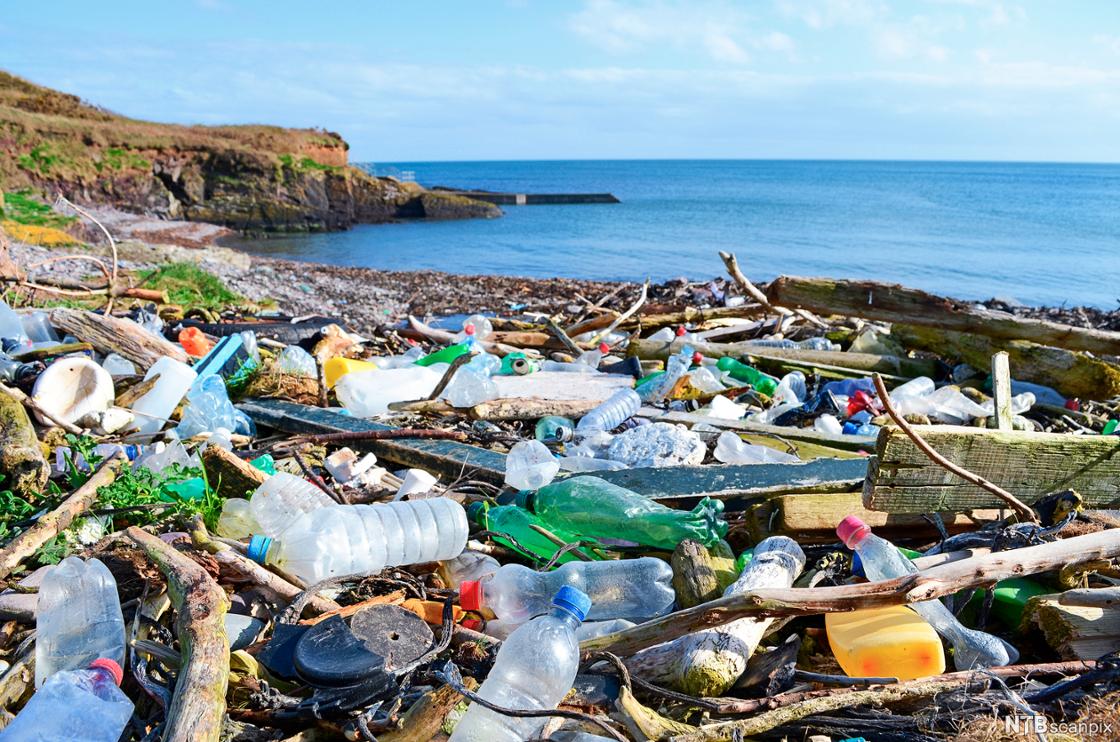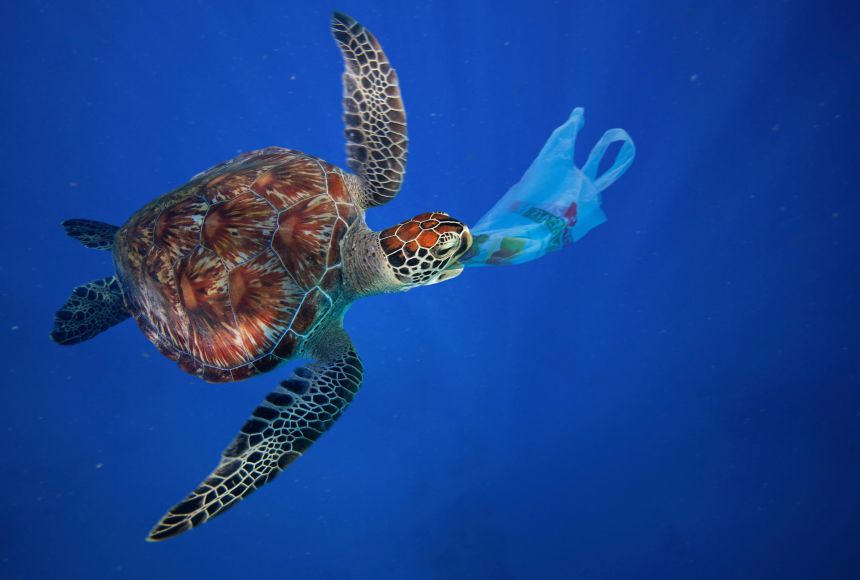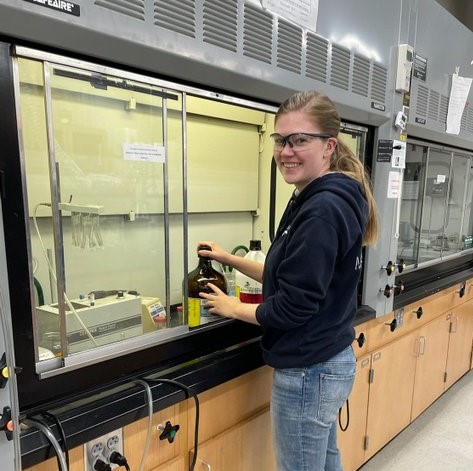Plastics are everywhere

Humans waste about 350 million metric tons of plastic per year. That’s the same weight as 26 million school buses or 960 Empire State Buildings every year. Some studies suggest that humans ingest a credit card worth of plastic daily. This is not just single use plastics like straws, but plastic pellets that are used as raw material to create plastic products. As those larger pieces of plastic degrade, they create smaller pieces of plastic called microplastics. These microplastics are 0.001 mm to 5 mm in size, for references the width of a human hair is about 0.075 mm. While you can see some of these plastics, some can only be seen by a microscope and come in a variety of shapes and sizes. But plastics couldn’t actually be everywhere right? What about in Marine Protected Areas (MPAs)? MPAs are regions that have been designated as long-term conservation sites to protect marine resources, ecosystem services, or cultural heritage. While there are a wide variety of MPAs (some you can still enter recreationally, some specifically prevent fishing, etc.), they are generally all about conservation. A team of scientists set to find out how MPAs are being impacted by the scourge of microplastics.
“Pristine” areas

When microplastics begin to settle in the ocean they end up in sediments, which are the main areas where microplastics and chemical pollutants accumulate in the ocean. Filter feeders that live on the bottom of the ocean like oysters also tend to be a great indicator of microplastics in an area. Taking data from 177 peer-reviewed scientific articles, the team of scientists were able to gain a snapshot of microplastics in MPAs. The scientists determined that the concentrations of marine plastics in sediments were highest around Tokyo, Japan (the largest city in Japan) and strongly influenced by rainwater runoff during heavy rains. Of oysters, those collected near a famous tourist beach in Taiwan had the highest concentrations. Essentially, even if an area is protected as a Marine Protected Area, it is still likely to be influenced by people nearby as the scientists found that conservation zones near areas with high public visitation had higher microplastic pollution. Essentially, the less restrictive the human interaction and the closer to urban centers the higher the levels of microplastics. Overall, 186 global MPAs had microplastic pollution. This is only a small portion of MPAs with more likely infested with microplastics.
Future of microplastics

Microplastics can carry toxic chemicals and can damage digestive tracks when ingested. One study mentioned an average of 5.7 items per kg (2.6 items per pound) in the digestive track of loggerhead sea turtles, a species that is listed as vulnerable. Sea turtles, like many species, see plastic bags as jellyfish and eat the plastic item whole or simply ingest microplastics when eating other food. While plastics are not going anywhere, we must consider the fate of the ocean and what we truly consider a “Marine Protected Area”. If you can pick up trash when you see it and make sure it reaches a place where it can be disposed of properly. You can also write to members of your government to support the 30 by 30 plan, a worldwide initiative for government to designate 30% of the Earth’s land and ocean to protected areas by 2030.

While I have never lived close to the ocean, it has always had a special place in my heart. I recently earned my PhD in environmental chemistry from the State University of New York College of Environmental Science and Forestry (SUNY ESF) studying reef and coastal biogeochemistry. I focus on the lipid and trace metal composition of settling particles and surface sediment in coastal systems, primarily studying coral reefs. Currently, I am a Visiting Assistant Professor at Trinity College. When not diving or in the lab you can find me hiking with my dogs, reading, cross stitching, or just enjoying a good cup of tea!

